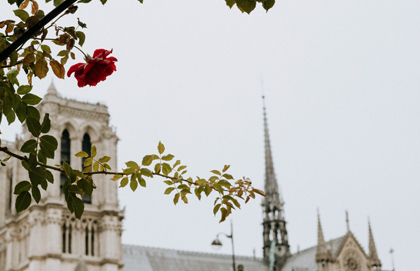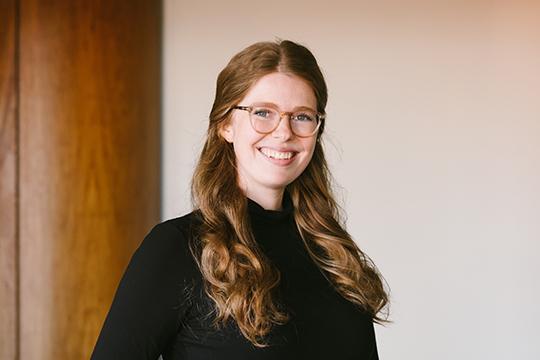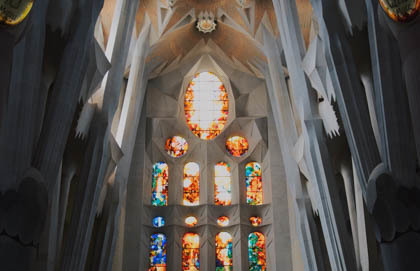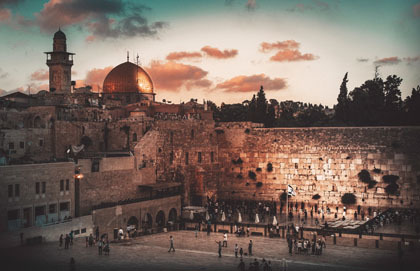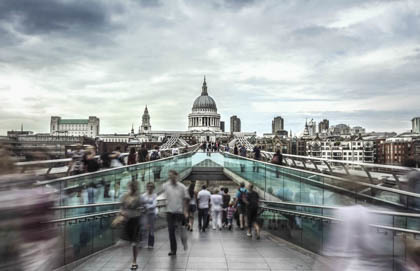This past Friday, I watched from my office window as black smoke billowed from a historic building in the ByWard Market. A few of us donned our coats and walked nearby to see what was happening. It was surprisingly quiet as the firefighters worked to subdue the flames. We returned to our desks with the smell of smoke in our hair.
This past Sunday, children marched to the front of my church, waving palm branches. Our liturgies were crammed with Hosannas. We collectively remembered Jesus’ triumphant entry into Jerusalem.
The next day, a fire broke out at Al-Aqsa Mosque in Jerusalem, underneath the southeastern corner of the Temple Mount. The fire was quickly contained.
At the same time, on the first day of Holy Week, Notre-Dame Cathedral in Paris was consumed by fire.
The stained glass that has watched over millions of travelers and revelers alike bulged and shattered. Its spire became a pyre. The flames picked its flying-buttress ribs clean.
The firefighters’ hoses poured the lifeblood of the city, the River Seine, onto its charring heart. Night came, and the angry red illuminated the two towers that still stood.
Notre Dame took 200 years to build, and has stood since 1345. It has withstood pillaging in the 16th century and abuses from the French Revolution. The tolling of its bells has marked countless tragedies and celebrations.
Even as Notre Dame still burned, President Macron gave statements promising to rebuild the cathedral.
This sacred architecture was designed to draw the eyes, the mind, and the heart of a visitor to God. The modern cathedral visitor must remember a time when the church was the tallest building in the city. When the physics that allowed such feats of stone and mortar were to most a mystery. When the world outside was chaotic, dampened temporarily by the tranquility of mass.
It was juxtaposition that inspired awe.
Now, in our cities of towering glass and soaring ceilings, the cathedrals of old seem squat in comparison.
Now, when people seek the sacred, many of them escape to the outdoors. This is perhaps where the modern spirit revels in the juxtaposition of tranquility against the chaotic.
But the history and the artistic achievement of a place like Notre-Dame has withstood the centuries. The reverence with which the world witnessed its burning shows that we have not turned our backs on mastery in favour of minimalism. Plenty of churches have gone up in smoke without any fire—being converted into theatres, homes, and gyms.
Today, surely most people mourn a loss of history more than a sacred space. Most news stories share Victor Hugo’s role in drawing public interest to the building, and how it grew to be a national symbol. The incredible work of the firefighters saved the cathedral and its priceless relics.
However, a new sacred space emerged on the ash-brushed streets of Paris. Thousands of people kneeled together and sang hymns. The world listened as Parisians sang over the scream of sirens. Prayers were lifted loudly from underneath the sky in a country known for its public secularism.
A city awoke today, still mourning this loss, and perhaps with the smell of smoke still in their hair. Some of their children, too, may have held palm branches only two days ago. A story was written in the glass and the stone of Notre-Dame—but the story does not live there.
Convivium means living together. We welcome your voice to the conversation. Do you know someone who would enjoy this article? Send it to them now. Do you have a response to something we've published? Let us know!


